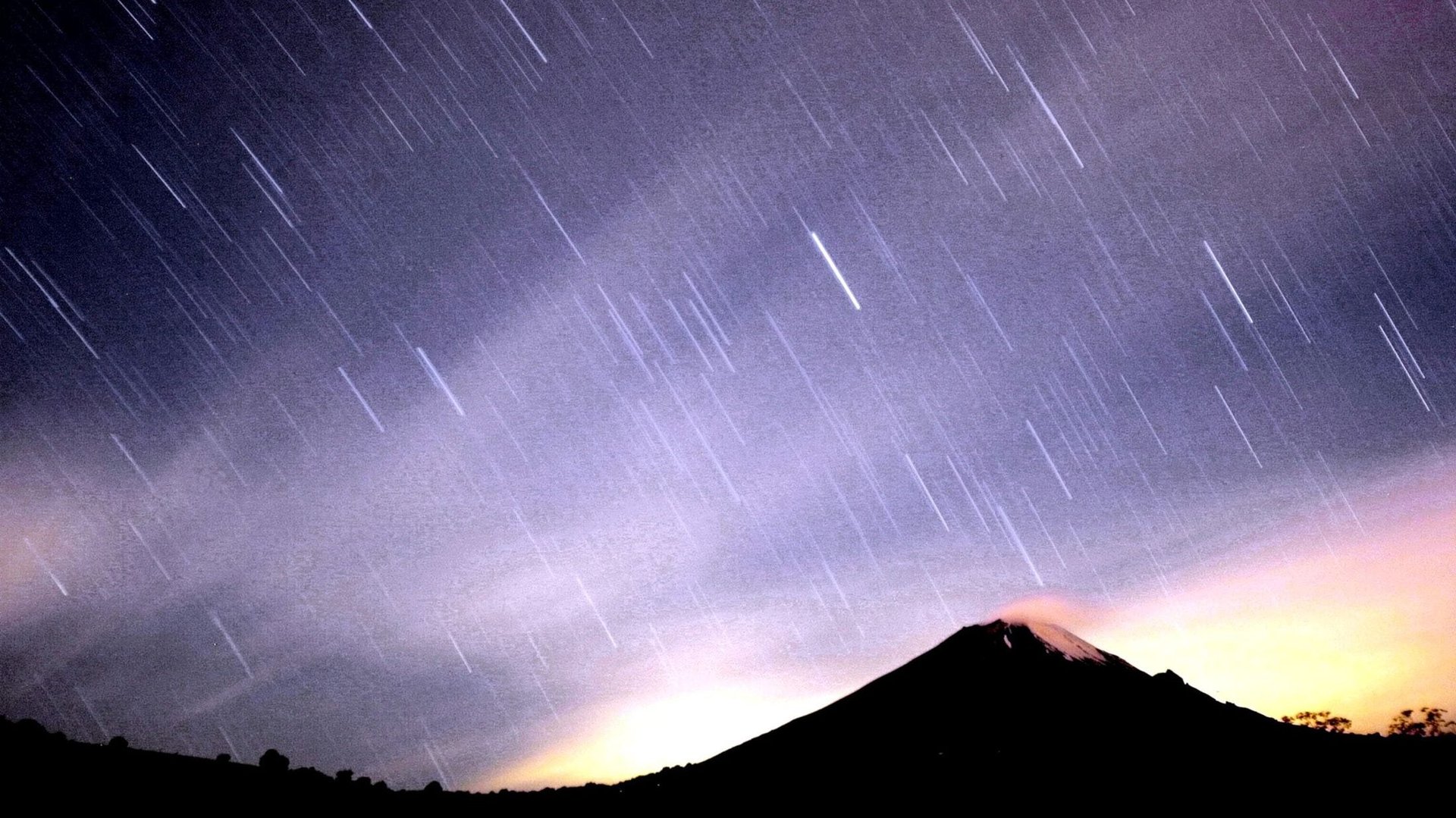The best time to watch the Geminids meteor shower
Each year around Dec. 13 and 14, Earth passes through the orbit of the asteroid 3200 Phaeton. As its debris enters our atmosphere, we’re treated to a fabulous light show: the Geminids meteor shower.


Each year around Dec. 13 and 14, Earth passes through the orbit of the asteroid 3200 Phaeton. As its debris enters our atmosphere, we’re treated to a fabulous light show: the Geminids meteor shower.
Where can I see the Geminids meteor shower?
This year, the peak of the shower will fall on Thursday, Dec. 13 and Friday, Dec. 14. Here is some viewing guidance, by location: If you live in the Americas or Europe and can stay up late on Thursday night, head outside between midnight and dawn; that’s when the shower will be at its absolute peak. In Asia, Africa, and Australia, the shower will peak around midnight local time on Friday night. NASA scientists estimate that viewers will see about 120 meteors an hour.
When is the best time to see the Geminids meteor shower?
Experts expect this year to be an especially good one for sky-watching: The moon is new and sets early, which means skies will be darker, making it easier to catch sight of the shooting stars. (You can check the exact time the moon sets where you are here.)
What is the Geminids meteor shower?
The Geminids are already known as a particularly impressive meteor shower; whereas most meteor showers are due to Earth passing into the orbit of a comet, 3200 Phaeton is an asteroid. Asteroids are made of denser chunks of rock, which means the debris burns up more slowly and brightly as it streaks across our sky.
How to watch the Geminids meteor shower
All you need to enjoy the Geminids is a comfortable spot with a clear view of the sky. (Be sure to check your local forecast before you head out.) It typically takes human eyes about 20 minutes to adjust to darkness, so it may be a few minutes before you start seeing shooting stars. And whatever you do, don’t ruin your night vision by looking at your backlit phone!